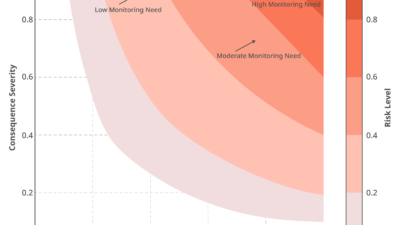Machinery production for China in 2010 was strong, growing by 28.2%. 2011 saw a strong start in the beginning of the year before dropping in the final six months to 17%.

In 2009, the Chinese Government implemented stimulus policies to maintain economic growth and expand domestic demand. They have led the machinery industry to a recovery from the second half of 2009.
In 2010, China has surpassed Japan in terms of nominal GDP, becoming the world’s second largest economy. Meanwhile, as the economy recovered and as many delayed orders released, China’s industrial economy bounced back strongly. Its machinery production grew 28.2% to $285.9 billion, higher than the levels of preceding years.
For Chinese machinery production, the material handling machinery was estimated to be the largest sector by value, accounting for 20.1% of total revenues in 2010. The next largest sector was agricultural machinery, with 13.4%. The machine tool sector was third, with 8.8%. Production of semiconductor and robotics machinery remains limited in China. Because of the strict regulations that took effect in the wind-turbine industry in 2011, this sector contracted for the first time.
2011 was the first year of the “12th Five-year Plan”. In the first half of 2011, China’s machinery production maintained the rapid growth of 2010. As you all know, Chinese machinery industry is closely related to investment, export and consumption; and all three factors did not go well in the second half.
- Investment: Fixed-asset investments accounted for more than 50% of China’s GDP in 2010.Government fixed-asset investments grew rapidly in 2009 and 2010. With persistent inflation, the Chinese Government didn’t introduce follow-up stimulus policies in 2011.
- Exports: The spreading debt crisis in Europe and a fragile US recovery still affect China’s exports of machinery. Most machine builders felt export orders fell a lot at the end of 2011. The growth of China’s machinery exports will slow this year because of the weakening global economy and increasing protectionism in developed countries.
- Consumption: Although Chinese Government wants to increase workers’ wages, it still has a long way to go. Because of high inflation, price increases have reduced personal disposable income. Domestic consumption is still puny.
Consequently, as machine buyers are uncertain whether they should purchase more machines for the future, demand for machinery is slowing down. As a result, the machinery production growth rate in 2011 came down gradually to 17.0%, with output reaching $334.6 billion. Moreover, the growth rate of China’s machinery production is projected to continue to fall steadily in 2012.
Going forward, the Chinese Government is promoting transformation and upgrade in the 12th “Five-year Plan”. China will focus not only on how fast the economy grows, but also on the quality of that growth. We project the growth rate of machine production to fall further in the next five years, but remain at around the 13% mark. By 2016, we predict that machinery production in China will reach well over $600 billion.
As part of the Machinery Production Yearbook programme, IMS Research produces China’s machinery production yearbook yearly. The data is from “Machinery Production Yearbook-China-2012 Edition”.



